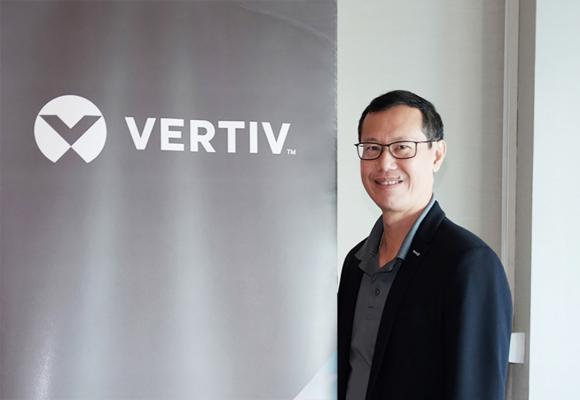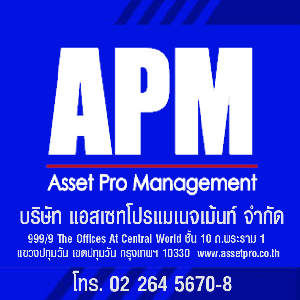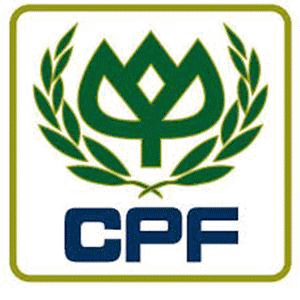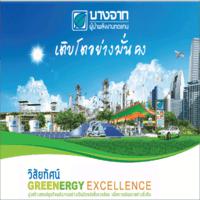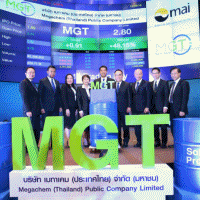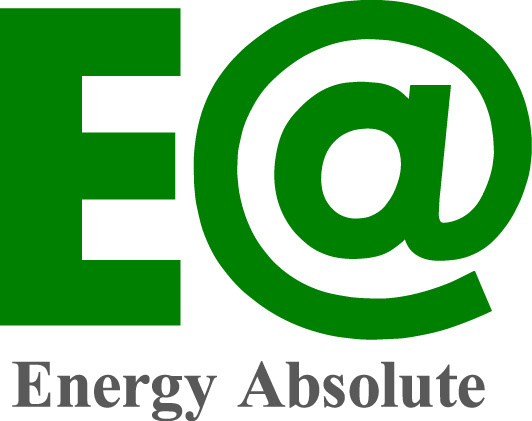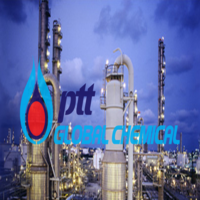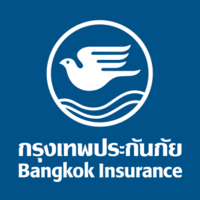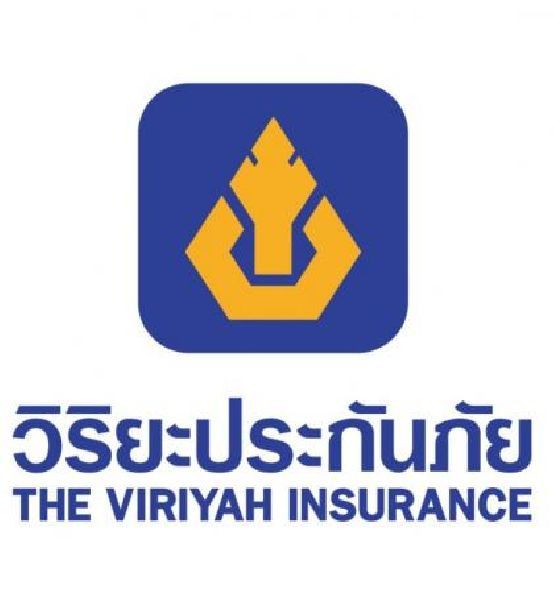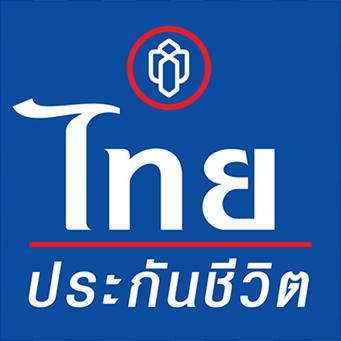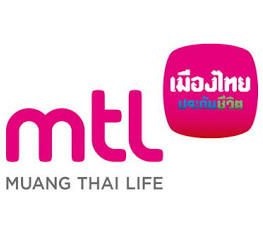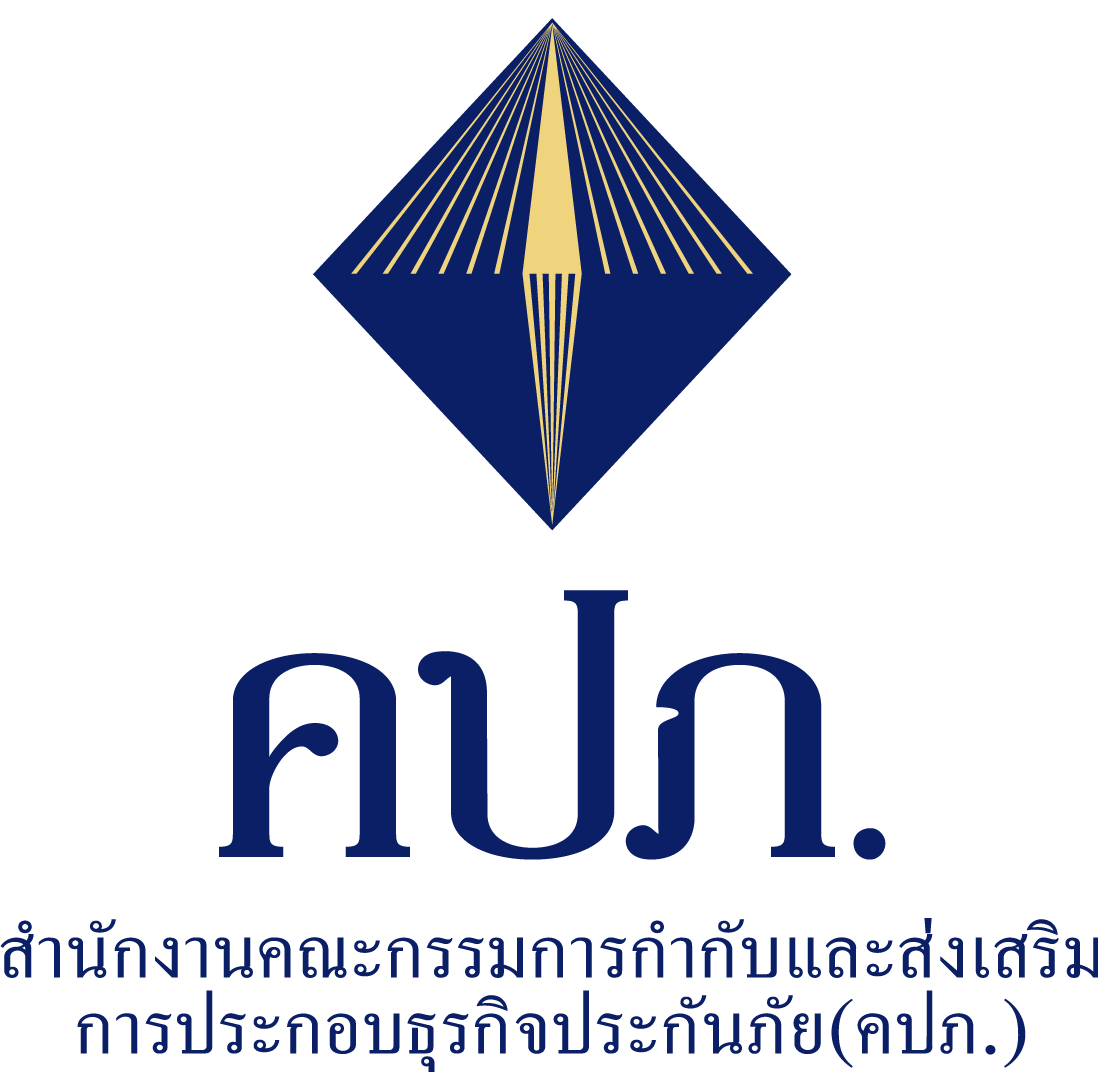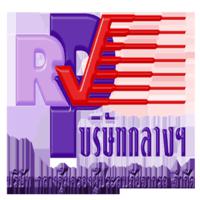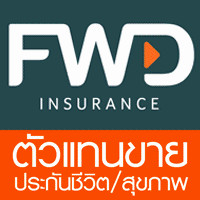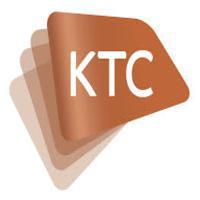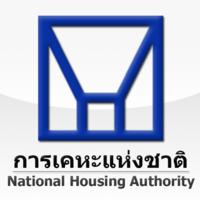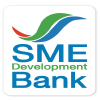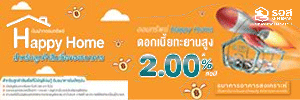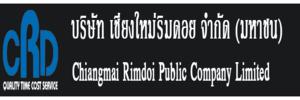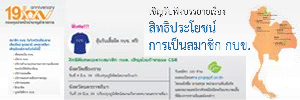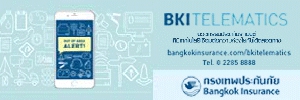Vertiv ระบุ 4 Edge Archetypes หลัก พร้อมข้อกำหนดด้านเทคโนโลยีผลวิจัยสามารถชี้ถึงความต้องการและการเพิ่มประสิทธิภาพของโครงสร้างพื้นฐาน
กรุงเทพฯ - เวอร์ทีฟ (Vertiv™) เผยงานวิจัย Defining Four Edge Archetypes และ Technology Requirements ที่ทำการเก็บข้อมูลและวิเคราะห์การใช้งานจากทั่วโลกของเน็ตเวิร์กเอดจ์ (network edge) หรือขอบของเครือข่าย ซึ่งสามารถสรุปรูปแบบการใช้งานเครือข่ายเอดจ์ได้ 4 แบบหลักๆ พร้อมเทคโนโลยีที่จำเป็นเพื่อสนับสนุนการปฏิบัติงาน
ทีมผู้เชี่ยวชาญด้านเครือข่ายเอดจ์ของเวอร์ทีฟ ร่วมกับ บริษัทที่ปรึกษาจากหน่วยงานอิสระ ร่วมกันคัดเลือกโครงการการใช้งาน network edge จากทั่วโลกมากกว่า 100 รายการ โดยแบ่งกล่มการวิเคราะห์ออกเป็น 24 หัวข้อ ที่ส่งผลกระทบต่อภาคธุรกิจและผู้บริโภคปลายทางมากที่สุด สอดคล้องกับการเติบโตที่ตั้งไว้ และผลกระทบที่สำคัญของการทำงานและการเงิน
การวิจัย ยังศึกษาถึงปริมาณความต้องการงานของชุดข้อมูลศูนย์กลางสำหรับการใช้งานเครือข่ายเอดจ์ของแต่ละเคส และข้อกำหนดที่จำเป็นด้านศักยภาพ ความพร้อมใช้งานและความปลอดภัย โดยจะวิเคราะห์เฉพาะเจาะจงด้านสมรรถนะของการทำงาน รวมถึงเวลาในการใช้งาน ความพร้อม ความยืดหยุ่นและความปลอดภัย เช่น ความเข้มงวดของการเข้ารหัส การพิสูจน์อัตลักษณ์และการปฏิบัติตามกฎระเบียบ ขณะเดียวกันยังวิเคราะห์ถึงความพร้อมที่ผสานกับแอพพลิเคชั่นที่มีอยู่หรือใช้อยู่เดิม รวมทั้งการทำงานเชื่อมต่อกับแหล่งข้อมูลอื่นๆ โดยพิจารณาจากจำนวนตำแหน่งที่ตั้งเครือข่ายเอดจ์ในเครือข่ายที่กำหนด
มร. แกรี่ นีเดอร์เพิม หัวหน้าฝ่ายกลยุทธ์และพัฒนาของเวอร์ทีฟ กล่าวว่า "การวิเคราะห์ครั้งนี้มีเป้าหมายหลัก เพื่อช่วยให้หน่วยงานและผู้ที่เกี่ยวข้องกับศูนย์ข้อมูลเครือข่ายเอดจ์ของดาต้าเซ็นเตอร์และฮับข้อมูลได้เข้าใจถึงความต้องการของระบบนิเวศดิจิตอล จากการวิเคราะห์ลักษณะเฉพาะและความต้องการใช้งานเครือข่ายเอดจ์ระดับสูงในที่นำมาศึกษานี้ การเปรียบเทียบหาความคล้ายคลึงในองค์กรกับรูปแบบเหล่านี้จะเป็นขั้นตอนอีกก้าวเพื่อพัฒนาระบบโครงสร้างพื้นฐานที่ให้ประโยชน์มากที่สุด"
การวิจัยระบุ 4 รูปแบบหลัก – 4 Archetypes ดังนี้:
Data Intensive - หมายรวมถึงการใช้งานที่ข้อมูลไม่สามารถส่งผ่านหรือส่งผ่านอย่างไม่มีประสิทธิภาพจากเครือข่ายโดยตรงไปยังระบบคลาวด์หรือจากระบบคลาวด์ไปจนยังถึงจุดใช้งานได้ เนื่องมาจากปัญหาของปริมาณของข้อมูล ค่าใช้จ่าย หรือแบนด์วิธ ซึ่งจะเป็นกรณีตัวอย่างเช่น สมาร์ทซิตี้ (Smart Cities) สมาร์ทแฟคตอรี่ (Smart Factories) สมาร์ทโฮม/บิวดิ้ง (Smart Homes/Building) การส่งคอนเทนต์ความละเอียดสูง การประมวลผลขั้นสูง การเชื่อมต่อแบบจำกัด การใช้เทคโนโลยีเสมือนจริง (virtual reality - VR) และระบบข้อมูลดิจิทอลในอุตสากรรมน้ำมันและก๊าซธรรมชาติ ตัวอย่างผู้ประกอบการรายใหญ่ เช่น Amazon และ Netflix ที่ต้องจับมือกับผู้ให้บริการโคโลเคชั่น เพื่อขยายเครือข่ายการส่งมอบคอนเทนต์ความละเอียดสูงในลักษณะสตรีมมิ่งวิดีโอไปยังผู้บริโภคเพื่อลดต้นทุนและคุณภาพการบริการที่ไม่สะดุด
Human-Latency Sensitive – หมายรวมถึงการใช้งานที่ให้บริการผู้บริโภคได้รับประโยชน์สูงสุด ซึ่งหลักสำคัญอยู่ที่สปีดความเร็วนั่นเอง การส่งข้อมูลที่ล่าช้าสะดุด ส่งผลกระทบต่อประสบการณ์จากเทคโนโลยีของผู้ใช้ ย่อมส่งผลต่อยอดขายและกำไร ในส่วนนี้ครอบคลุมการสร้างการแข่งขันในสมาร์ทรีเทลเทคโนโลยี AR (Augmented Reality) การสร้างประโยชน์สูงสุดจากเว็บไซต์ และการแปลงภาษาธรรมชาติ
Machine-to-Machine Latency Sensitive – สปีดความเร็ว ที่เป็นตัวผู้กำหนดคุณลักษณะหลัก ครอบคลุมตลาดการเก็งกำไรและความเสียงด้านกำไร โครงข่ายไฟฟ้าอัจฉริยะหรือสมาร์ทกริด (Smart Grid) สมาร์ท ซีเคียวริตี้ (smart security) การวิเคราะห์ข้อมูลแบบเรียลไทม์ การส่งคอนเทนต์ที่สะดุดน้อยที่สุด และการสร้างระบบปกป้อง เนื่องจากอุปกรณ์สามารถประมวลผลข้อมูลได้เร็วกว่ามนุษย์ การประมวลผลและส่งข้อมูลช้าย่อมส่งผลกระทบสูงกว่า Human-Latency Archetype ตัวอย่างเช่น ความล่าช้าของข้อมูลในสินค้าโภคภัณฑ์ และการซื้อขายหลักทรัพย์ที่ราคาผันผวนในเศษเสี้ยวของวินาที อาจทำให้ผลกำไรกลายเป็นขาดทุนได้
Life Critical - หมายรวมถึงการใช้งานที่ส่งผลกระทบโดยตรงต่อสุขภาพและความปลอดภัยของมนุษย์ ดังนั้น สปีดความเร็ว และความน่าเชื่อถือของข้อมูลเป็นสิ่งสำคัญสูงสุด กรณีนี้รวมถึงการประมวลข้อมูลในระบบขนส่งอัจฉริยะ ระบบสุขภาพดิจิตอล รถยนต์อัจฉริยะไร้คนขับ (Connected/Autonomous Cars) หุ่นยนต์อัตโนมัติ และอากาศยานไร้คนขับ หรือโดรน (Drone) สำหรับยานยนต์ไร้คนขับต้องมีข้อมูลที่อัพเดทเสมอแม่นยำเพื่อทำงานได้อย่างปลอดภัย เช่นเดียวกับอากาศยานไร้คนขับ หรือโดรน ที่นำมาใช้สำหรับอีคอมเมิร์ซและการจัดส่งพัสดุภัณฑ์
“ในภูมิภาคเอเชีย องค์กรต่างๆ ตระหนักถึงความสำคัญของการใช้เทคโนโลยีเอดจ์ คอมพิวติ้ง ทุกประเทศในภูมิภาคขับเคลื่อนตนเองเข้าสู่ยุคดิจิทัลทรานส์ฟอร์เมชั่น เพื่อเพิ่มขีดความสามารถในการแข่งขันในตลาด เครือข่ายเอดจ์ยังคงเดินหน้าขยายตัวอย่างต่อเนื่อง เวอร์ทีฟมุ่งพัฒนา และนำเสนอระบบที่ให้ความเรียบง่าย องค์กรต่างๆ สามารถลงทุนได้ ในระบบโครงสร้างพื้นฐานที่เหมาะสำหรับการใช้งานของธุรกิจและผู้ใช้บริการ นอกจากนี้ องค์กรจำนวนมากมีความพร้อมที่จะลงทุนในระบบโครงสร้างพื้นฐานเครือข่ายเอดจ์บนรูปแบบ archetypes เหล่านี้ เพื่อก้าวไปข้างหน้าได้อย่างรวดเร็ว
ปัจจุบัน เวอร์ทีฟ เป็นบริษัทชั้นนำระดับโลกในการให้บริการผลิตภัณฑ์และโซลูชั่นสำหรับโครงสร้างพื้นฐานที่สำคัญเพื่อการใช้งานในศูนย์ข้อมูล เครือข่ายการสื่อสาร และโครงสร้างพื้นฐานทางพาณิชย์และอุตสาหกรรม” มร.จี โฮ หลิง รองประธาน ฝ่ายผลิตภัณฑ์และการตลาด เวอร์ทีฟ เอเชีย กล่าว
สำหรับข้อมูลเกี่ยวกับ เวอร์ทีฟ สามารถศึกษาเพิ่มเติมได้ที่: www.VertivCo.com.
เกี่ยวกับเวอร์ทีฟ
เวอร์ทีฟ ออกแบบ ผลิต และให้บริการเทคโนโลยีโครงสร้างพื้นฐานเพื่อการใช้งานในศูนย์ข้อมูล เครือข่ายการสื่อสาร และโครงสร้างพื้นฐานทางพาณิชย์และอุตสาหกรรม เวอร์ทีฟ หรือชื่อเดิมคือ อิเมอร์สัน เนทเวอร์ค พาวเวอร์ รองรับตลาดโทรศัพท์มือถือและคลาวด์ คอมพิวติ้ง ที่กำลังเติบโตขึ้น โดยมีผลิตภัณฑ์ที่เป็นโซลูชั่นด้านการจัดการพลังงาน ความร้อน และโครงสร้างพื้นฐาน ซึ่งมีแบรนด์เรือธงได้แก่ Chloride®, Liebert®, NetSure™ และ Trellis™ ยอดขายประจำปีงบประมาณ 2559 คิดเป็น $4.4 พันล้านดอลล่าร์สหรัฐ สำหรับข้อมูลเพิ่มเติมเกี่ยวกับ เวอร์ทีฟ: www.VertivCo.com
 Vertiv Defines Four Primary Edge Archetypes And Their Technology Requirements Research results will help identify requirements, optimize infrastructure
Vertiv Defines Four Primary Edge Archetypes And Their Technology Requirements Research results will help identify requirements, optimize infrastructure
Singapore – Vertiv today released Defining Four Edge Archetypes and their Technology Requirements, a global, research-based analysis of network edge use cases, resulting in the identification of four main archetypes for edge applications and the technology required to support them. Vertiv edge experts, in conjunction with an independent third party consulting firm, identified more than 100 use cases and refined the initial list to 24 considered to have the greatest impact on businesses and end users, based on projected growth, criticality and financial impact.
Experts identified data-centric sets of workload requirements for each edge use case and corresponding needs for performance, availability and security. They examined specific performance requirements, including latency, availability, scalability and security, in conjunction with the need for encryption, authentication and regulatory compliance. They also looked at the need to integrate with existing or legacy applications and other data sources, while considering the number of edge locations in a given network.
“The primary goal in this analysis was to help those involved with edge data centers and hubs understand the needs of the digital ecosystem by identifying the characteristics and requirements of the top edge use cases,” said Gary Niederpruem, chief strategy and development officer at Vertiv. “Recognizing commonalities of the archetypes is a step toward providing an optimized infrastructure.”
The four archetypes are:
Data Intensive – This includes use cases where the amount of data makes it impractical to transfer over the network directly to the cloud or from the cloud to point-of-use due to data volume, cost or bandwidth issues. Examples include smart cities, smart factories, smart homes/buildings, high-definition content distribution, high-performance computing, restricted connectivity, virtual reality, and oil and gas digitization. The most widely used example is high-definition content delivery, where major content providers such as Amazon and Netflix actively partner with colocation providers to expand delivery networks to bring data-intensive streaming video closer to users to reduce costs and latency.
Human-Latency Sensitive – This archetype includes use cases where services are optimized for human consumption, and it is all about speed. Delayed data delivery negatively impacts a user’s technology experience, potentially reducing a retailer’s sales and profitability. Use cases include smart retail, augmented reality, website optimization, and natural language processing.
Machine-to-Machine Latency Sensitive – Speed also is the defining characteristic of this archetype, which includes the arbitrage market, smart grid, smart security, real-time analytics, low-latency content distribution, and defense force simulation. Because machines are able to process data much faster than humans, the consequences for slow delivery are higher than in the Human-Latency Archetype. For example, delays in commodities and stock trading, where prices fluctuate within fractions of a second, may turn potential gains into losses.
Life Critical – This archetype encompasses use cases that directly impact human health and safety. Consequently, speed and reliability are vital. Use cases include smart transportation, digital health, connected/autonomous cars, autonomous robots, and drones. Autonomous vehicles, for example, must have updated data to operate safely, as is the case with drones that may be used for e-commerce and package delivery.
“In Asia, organizations are recognizing the criticality of edge computing as they roll out their digital transformation activities to maximize their competitive advantage in the market place. As the edge continues to expand, we aim to deliver simplicity by helping organizations invest in infrastructure that is optimized for their applications and use cases. We found that many organizations are ready to invest in edge infrastructure and by building on these archetypes, they will be able to accelerate ahead,” said Chee Hoe Ling, vice president, product and marketing, Vertiv Asia.
“Vertiv has been at the forefront of providing product and solution for critical infrastructure that enable vital applications for data centres, communication networks and commercial and industrial facilities.” For more information, visit VertivCo.com/Edge.
About Vertiv
Vertiv designs, builds and services critical infrastructure that enables vital applications for data centers, communication networks and commercial and industrial facilities. Formerly Emerson Network Power, Vertiv supports today’s growing mobile and cloud computing markets with a portfolio of power, thermal and infrastructure management solutions including the Chloride®, Liebert®, NetSure™ and Trellis™ brands. For more information, visit VertivCo.com.
Click Donate Support Web





